What Is A Ruler? Simple Guide To Measuring And Drawing
This article is a simple, easy-to-understand guide for anyone wanting to learn about rulers. We’ll explore what they are, how to read their measurement marks in centimeters (cm) and inches (in), the different types available, and the correct way to use them for measuring lengths and drawing straight lines.
We will also see why knowing how to measure carefully is very important, especially for things like custom design and printing that we do at Packlove. Let’s read!
1. Introduction
1.1 Why knowing about rulers is helpful
Have you ever wanted to know how long your drawing is? Or maybe you needed to draw a perfectly straight road for your toy cars? A ruler is the tool for that! Rulers are common tools we see and use often. They help with many everyday tasks: at home, like checking if a toy will fit in its box; at school, for drawing straight lines for math or art; or for fun activities like making a paper house.
Knowing about rulers is super helpful, and understanding how to use one can make these tasks easier and help you get things just right.

1.2 What this guide will teach you about rulers
This guide will teach you:
- What a ruler is.
- How to understand the special marks (numbers and lines) on it to measure length.
- The different kinds of rulers you might see.
- How to use a ruler to find out how long something is and how to draw straight lines.
Don’t worry, we’ll explain everything step-by-step with easy words!
2. What is a ruler?
2.1 Simple definition
A ruler is a flat, straight tool. It’s usually long and thin. The most important thing about a ruler is that it has special marks on it. These marks represent units of measurement, helping us see how long something is.
Simply put, a ruler is a tool for measuring. The most common type you’ll encounter is the standard ruler.
A ruler has two main jobs:
- To find out how long something is: The first main job of a ruler is to measure length. This means it tells you how long, short, wide, or tall something is. For example, you can use a ruler to see how many centimeters long your toy car is, or how many inches wide your favorite book is.
- To help you draw a perfectly straight line: The second main job of a ruler is to help you draw a perfect straight line. If you want to underline words in your notebook, draw a neat box, or make a straight path in your drawing, a ruler is your best helper.

2.2 Key terms
- “Straightedge”: The straight side of the ruler that you use for drawing lines is often called a ‘straightedge.’ Some things, like the side of a thick book, can also be used as a straightedge just for drawing lines. But a ruler is extra special because it’s not just a straightedge – it also has those important markings to measure things!
- “Measuring stick”: Sometimes, if a ruler is very, very long – maybe as long as your arm, or even taller than you – people might call it a ‘measuring stick.’ It does the same job as a smaller ruler, just for bigger things.
3. Why are rulers so useful?
Rulers are handy tools in many situations.
3.1 In daily activities
- At school: Rulers are great for math class (drawing shapes like squares and triangles), art class (making cool designs), and even for science (measuring plants as they grow!).
- At home: You can use a ruler to see if your new toy will fit on your shelf, to hang a picture straight on the wall, or even to measure ingredients if you’re helping cook!
- For simple crafts: When you’re making a birthday card, a paper airplane, or a decoration, a ruler helps you cut and fold paper neatly so your craft looks amazing.
3.2 For hobbies and crafts
Lots of hobbies need good measuring! If you like to sew clothes for dolls, build model cars or airplanes, draw detailed pictures of animals or superheroes, or make scrapbooks with your photos, a ruler helps make sure everything is the right size and looks super cool.
3.3 In design and making products
Even when grown-ups make big things like real clothes, storybooks, or the special bags and stickers we help create, they need to measure very carefully. This is called the ‘importance of precise measurement in design.’ Rulers (and other special measuring tools) help make sure everything is made just right.
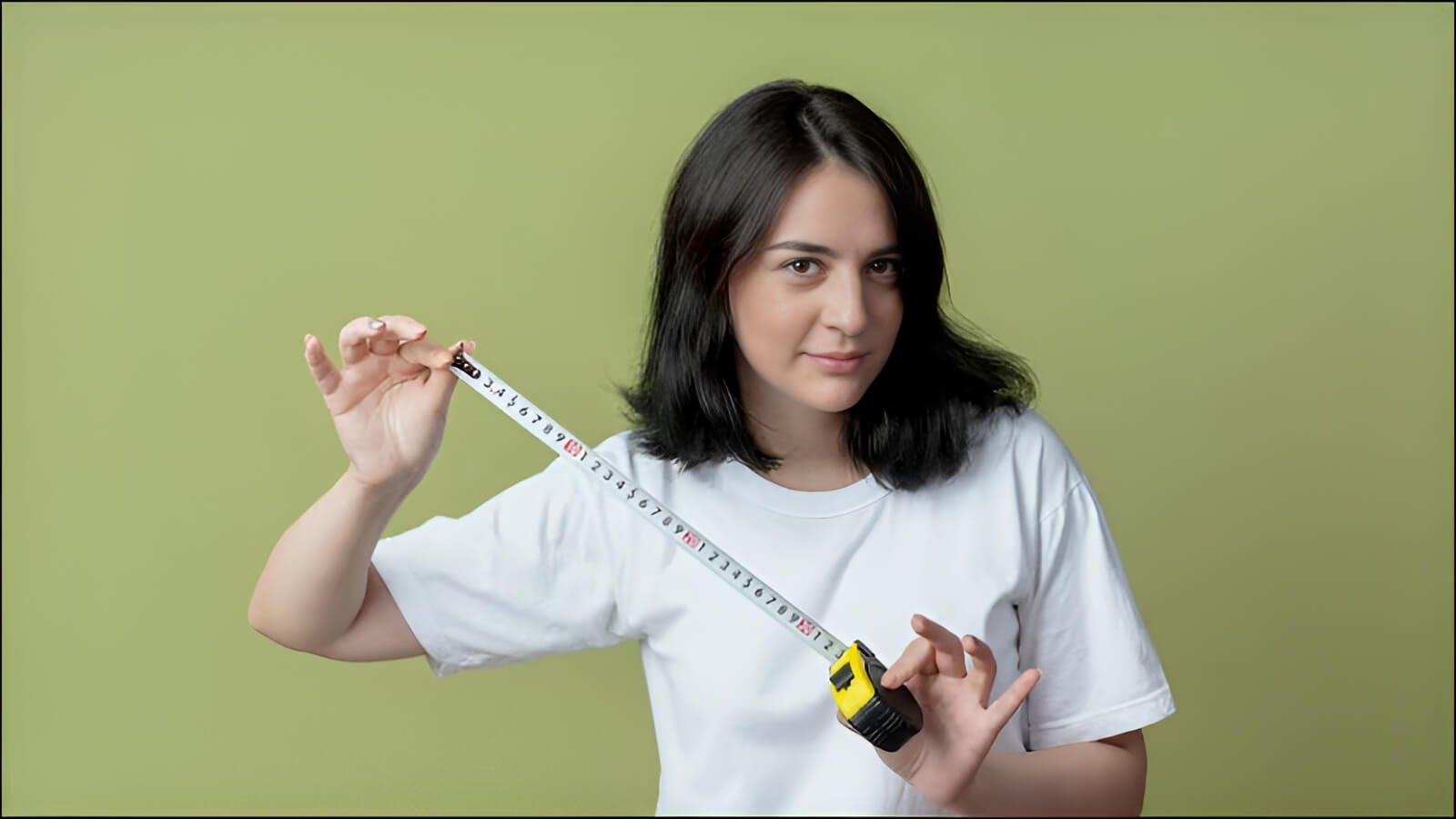
4. Understanding the lines and numbers on a ruler: units of measurement
4.1 What the markings mean
If you look closely at a ruler, you’ll see lots of lines and numbers. These are very important! These lines and numbers represent standard units of measurement. They tell us ‘how much’ length there is. These units (e.g., cm, inches, mm) are agreed upon worldwide.
So, if you measure something, and your friend measures it, you should both get the same answer if you use the same units! Knowing how to read measuring devices is a useful skill.
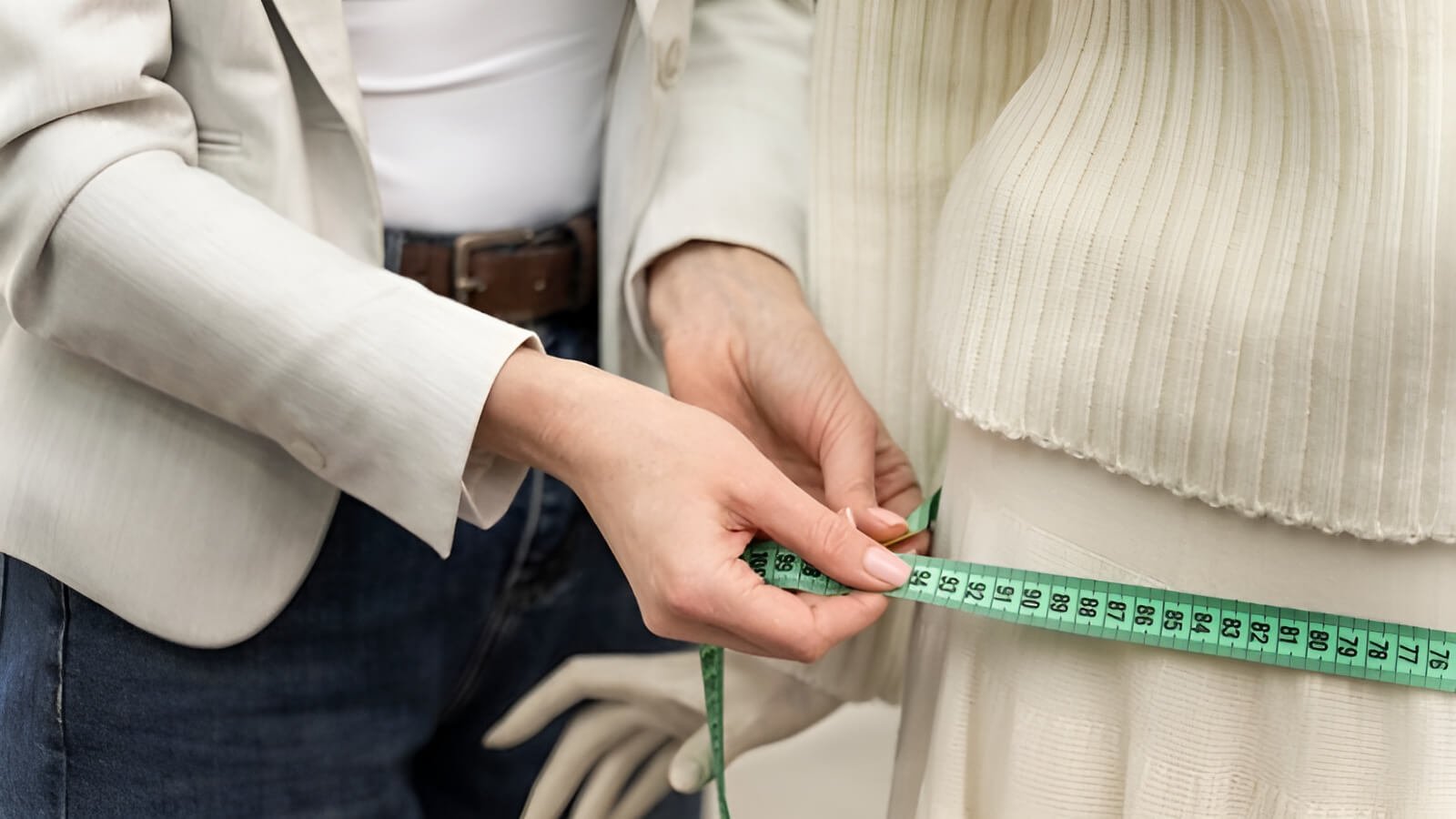
4.2 Common units you’ll see
Centimeters (cm):
One of the most common units you’ll see is the centimeter. The short way to write it is cm. Many rulers show centimeters. Centimeters are part of the metric system (a system of measurement used in many countries). Look at the numbers on your ruler that say 1, 2, 3, and so on, next to ‘cm’. The space from ‘0’ to ‘1’ is 1 centimeter. The space from ‘1’ to ‘2’ is another centimeter.
This means your ruler uses centimeters as its unit to show these specific lengths. Now, look even closer! Between each centimeter number, you’ll see 10 smaller, tiny lines. Each one of these tiny lines is called a millimeter (unit: millimeter). The short way to write it is mm. So, there are 10 millimeters in 1 centimeter (1 cm = 10 mm).
Inches (in):
Another common unit you might see, especially on rulers from places like the USA, is the inch. The short way to write it is in or sometimes with two little lines like this: “. Inches are part of the imperial system (another system of measurement).
The numbers next to ‘inch’ or ‘in’ (like 1, 2, 3) show whole inches. The space from ‘0’ to ‘1’ is 1 inch. Inches are often divided into smaller parts using fractions. You’ll see lines of different lengths between the whole inch numbers. The way inches are divided by these markings helps you read parts of an inch.
- The longest line between two inch numbers is usually the 1/2 (half) inch mark.
- Slightly shorter lines often show 1/4 (quarter) inch marks. There will be one at 1/4 inch and another at 3/4 inch.
- Even shorter lines might show 1/8 (eighth) inch marks.
- Sometimes, there are very tiny lines for 1/16 (sixteenth) inch marks.
The different line lengths help you see which fraction it is.
4.3 Starting your measurement
This is a golden rule! When you measure something, you MUST ALWAYS start from the ‘0’ (zero) mark on your ruler. Line up the very beginning of what you’re measuring with the ‘0’ mark. On some rulers, the ‘0’ is right at the very, very end of the ruler. On other rulers, the ‘0’ is the first printed line, just a tiny bit in from the end. Always look carefully for that ‘0’ mark and start there!
4.4 Rulers with two sides
Many rulers are like having two tools in one! They often show centimeters (cm) along one long edge and inches (in) along the other long edge. This is super handy! It means you can use the side with the units you need. It’s also great if you need to know a standard ruler length in cm and inches. For example, a common 12-inch ruler is about 30 cm long.
5. Different kinds of rulers
Rulers are not all the same! They can be made of different stuff and come in all sorts of sizes. This is because we need different rulers for different jobs. We can look at their material (e.g., wood, plastic, metal) and their size/length (e.g., 15cm, 30cm, 12 inches). Let’s explore some of these different types of rulers and their uses.

5.1 Made from different materials
1. Plastic rulers
You’ve probably seen these a lot, especially in school! They are often clear (you can see through them) or come in fun, bright colors.
- Good things: They are light to carry, usually don’t cost much, and if they are clear, you can see what you are measuring or drawing underneath.
- Things to know: They can sometimes break if you bend them too much or drop them.
- Usually used for: schoolwork, drawing, simple crafts.
2. Wooden rulers
These are the classic-looking rulers. They feel solid.
- Good things: They can be quite strong.
- Things to know: The lines and numbers might rub off after a lot of use. You can’t see through them.
- Usually used for: general measuring at home or in a workshop, some craft projects.
3. Metal rulers (like steel rulers)
These are often made of shiny steel or another metal called aluminum.
- Good things: They are very, very strong and last a long, long time! Their edge is super straight and safe to use with a craft knife (a sharp tool for cutting paper) because the knife won’t cut the ruler. The markings usually don’t wear off.
- Things to know: They can be a bit heavier than plastic ones. Sometimes the edges can feel sharp.
- Usually used for: craft projects that need cutting, workshop jobs, any time you need a really strong, straight, and accurate edge.
5.2 Different lengths for different jobs
1. Small rulers (about 15 cm or 6 inches long)
These are short rulers, maybe about as long as a new pencil.
Good for: Keeping in your pencil case, measuring small things in your notebook, or drawing short lines.
2. Standard rulers (about 30 cm or 12 inches long)
This is a very common size you’ll find on a desk at school or home. A 12-inch ruler is also called a ‘foot’ (because 12 inches = 1 foot).
Good for: Most school projects, drawing on normal-sized paper, measuring things like books or small boxes.
3. Long rulers (like meter sticks or yardsticks)
A ‘meter stick’ is a ruler that is 100 centimeters long (that’s 1 meter!). A ‘yardstick’ is a ruler that is 36 inches long (that’s 3 feet, or 1 yard).
Good for: Measuring bigger things like fabric for sewing, how tall a piece of furniture is, or marking out a big space on the floor for a game.
5.3 Special rulers
These are other types of measuring tools and stationery items.
1. Folding rulers
Imagine a ruler that can fold up like a zigzag! These rulers have joints (like hinges) so they can be made smaller to carry around. Folding rulers have joints (like hinges) allowing them to be folded, making them compact to carry.
- Main feature: Easy to pack in a toolbox or bag.
- Used for: Often by people who build things, like carpenters, who need a long ruler they can carry easily.
2. Flexible rulers and tape measures
Some rulers can bend! These are called flexible rulers and are often made of soft plastic. A very common type of flexible measuring tool is a tape measure. It’s like a long, bendy ruler (often made of cloth or thin metal) that can roll up into a little case. Their key feature is flexibility, allowing them to measure curved surfaces.
- Main feature: They can measure around curved things (like your waist or a round jar) or long, twisty distances.
- Used for: Sewing, measuring people for clothes, measuring furniture with curves, or anything that isn’t flat and straight.
3. Triangles / set squares
These are special rulers shaped like triangles! They often come in a set with a couple of different triangle shapes. They are considered drafting equipment, which includes tools used for technical drawing.
- Main feature: They help you draw very accurate angles, like perfect corners (90-degree angles) or slanty lines (like 45-degree angles).
- Used for: technical drawing (like making plans for a house), geometry in math class, and some types of design work.
When we at Packlove design a special shaped box, sometimes a triangle ruler helps get the angles just right on the plan! And for checking the size of a roll of stickers, a tape measure can be very handy.
6. How to use a ruler correctly
6.1 Measuring how long something is
Okay, let’s learn how to use a ruler to measure length! It’s easy if you follow these simple steps. The ruler’s main function is to measure length, which means it helps determine the distance between two points or the extent of an object.
- Find the ‘0’ (zero) mark: Get your ruler. Find the line that says ‘0’ (zero). This is your starting point! Put this ‘0’ mark exactly at one end of the thing you want to measure. For example, if you’re measuring a crayon, put the ‘0’ mark right at the bottom tip of the crayon.
- Lay the ruler straight: Lay your ruler down flat, right next to the edge of the object. Make sure the ruler is straight and not tilted. It should lie nice and snug against your object.
- Look at the other end: Now, look at the other end of your object. See which number or line on the ruler it matches up with.
- Read the number: Carefully read the number on the ruler where your object ends. That number tells you how long your object is! For example, you might say, ‘This crayon is 9 cm long!’ or ‘This ribbon is 4 inches long!’
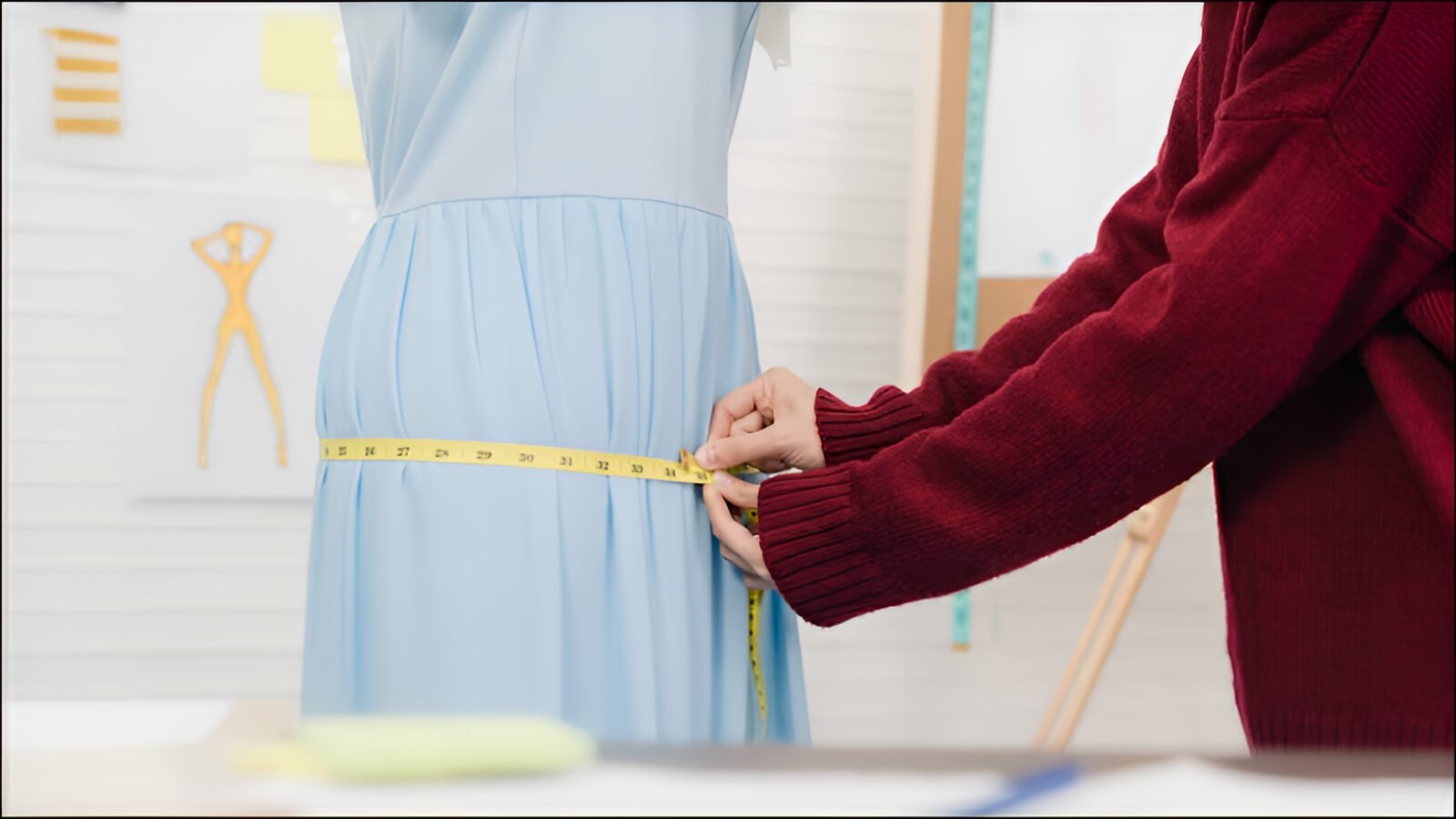
6.2 Drawing a straight line
Rulers are also super for drawing straight lines. This is when you utilize the ruler’s straight edge. Rulers are perfect for drawing straight edges, which is very useful for many drawing tasks.
- Mark your start and end (optional): If you want your line to go from one exact spot to another, make a tiny, light dot with your pencil where you want the line to start, and another dot where you want it to end.
- Place your ruler: Put the straight edge of your ruler so it touches both dots (if you made them). If you just want a straight line anywhere, place the ruler where you want your line to be.
- Hold the ruler down firmly: Use one hand to press down on the ruler. Spread your fingers out a bit to hold it steady. You don’t want it to wiggle or slip when you draw!
- Draw your line: With your other hand, hold your pencil or pen. Put the tip of your pencil right against the ruler’s edge. Now, draw your line smoothly from your start point to your end point, keeping the pencil touching the ruler all the way.
6.3 Tips for good measuring
Here are a few extra little tricks to make sure your measuring and drawing are as good as can be.
- Look straight down: When you’re reading the number on the ruler, try to look straight down at the mark from above. If you look from the side (at an angle), it might look like the line is in a slightly different place! This helps you be more accurate.
- Keep it still: Make sure your ruler and the thing you are measuring (or the paper you are drawing on) don’t move while you are busy. Even a tiny jiggle can change your measurement.
- What if the end of your ruler is worn out? Sometimes, if a ruler is very old, the very end (where the ‘0’ might be) can get chipped or worn down. Don’t worry! You can still use it. Just start measuring from the ‘1 cm’ mark (or the ‘1 inch’ mark) instead of ‘0’. Then, when you get your measurement, just remember to take away that 1 cm (or 1 inch) from your final answer. For example, if you start at 1 cm and your object ends at 10 cm, its real length is 10 cm minus 1 cm, which is 9 cm. This is a little secret we use at Packlove sometimes when we need to be super sure our custom labels are the perfect size, even with well-loved tools!
7. Choosing the right ruler for your needs
Now that you know about all the different rulers, how do you pick the best one for your job? It’s easy! Just think about what you need to do. This builds on what we learned about different types of rulers and their uses.

7.1 What’s your task?
- For schoolwork: A simple 15cm or 30cm plastic ruler is usually great. If it’s clear, that’s even better for seeing your page!
- For art and crafts: If you’re drawing, a clear plastic ruler is good. If you’re going to cut paper or card with a craft knife, a metal ruler is the safest and best choice! If you need to measure or draw a curvy line, a flexible ruler is what you need.
- For around the house: For small jobs like hanging a little picture, a 30cm ruler might be okay. For bigger things, like seeing if a new sofa will fit, you’ll probably want a long ruler like a meter stick/yardstick, or even better, a tape measure.
7.2 How big is the thing you’re measuring?
- Tiny things (like a ladybug, a small sticker, or lines in your math book): A short 15cm (6-inch) ruler is easy to use.
- Medium things (like a sheet of drawing paper, a storybook, or a small pizza box): A standard 30cm (12-inch) ruler is perfect.
- Really big things (like a piece of furniture, a long piece of fabric for a costume, or the length of your bedroom): You’ll definitely need a long ruler (meter stick or yardstick) or a tape measure for these.
7.3 What material is best?
- For everyday use or for kids: Plastic rulers are a good choice. They are light, often see-through, and don’t cost too much.
- If you need it to be super strong or for cutting: Metal rulers are the winners. They last a long time and give you a safe edge for cutting with a craft knife.
- If you like a classic feel or for some woodworking: Wooden rulers are sturdy and have that traditional look and feel.
8. A quick peek into ruler history
Rulers seem like simple tools we have today, but did you know people have needed to measure things for thousands and thousands of years? Let’s take a tiny peek into the history of rulers.
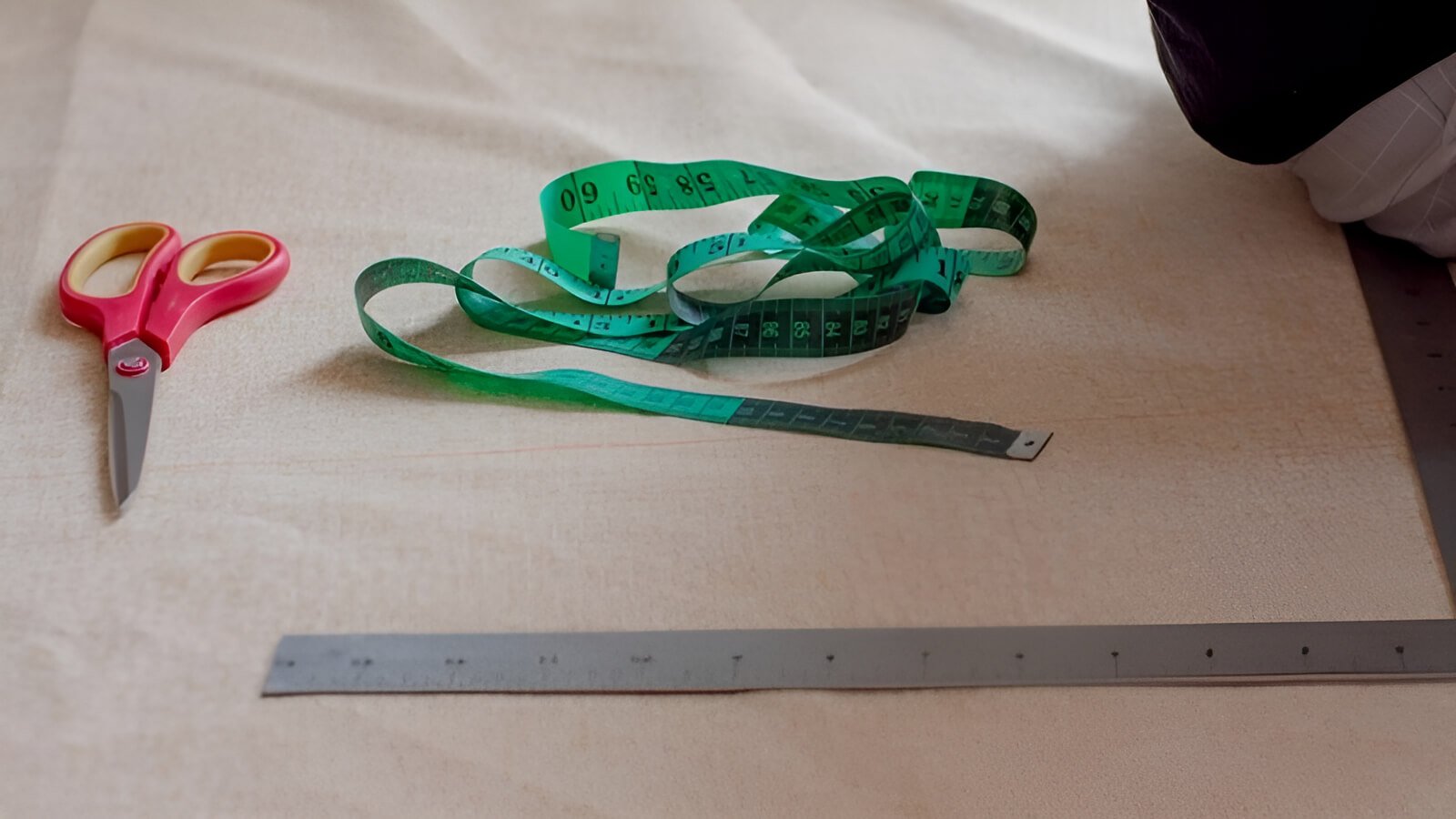
8.1 Ancient ways to measure
Long, long ago, people like the ancient Egyptians needed to measure big things, like when they were building their amazing pyramids! They didn’t have plastic rulers like we do now. Instead, they used clever things like ropes with special knots tied in them, or special measuring rods often based on parts of the body, like the length of an arm.
8.2 What early rulers were made from
The very first real rulers were often made from materials they could find around them, like wood. Some fancy ones were made from ivory (from elephant tusks) or even types of metal like copper-alloy. The very first real rulers were often made from materials they could find around them, like wood.
8.3 Why standard units became important
A really big step forward was when people started to agree on ‘standard units’ – like the centimeters and inches we use today. Imagine if one person said something was ‘three hands long,’ but their hands were bigger than yours! It would be very confusing.
Standard units mean that a centimeter in your town is the same as a centimeter far away in another country. This made it fair when people bought and sold things, and it helped science and building things become much more accurate.
9. Rulers: why exact measurements matter in design and printing
We’ve seen how rulers help us measure things in our daily lives. That idea of being super exact and careful with measurements is also incredibly important when people make things. This is especially true in the world of design and printing – and that’s something we at Packlove know all about!
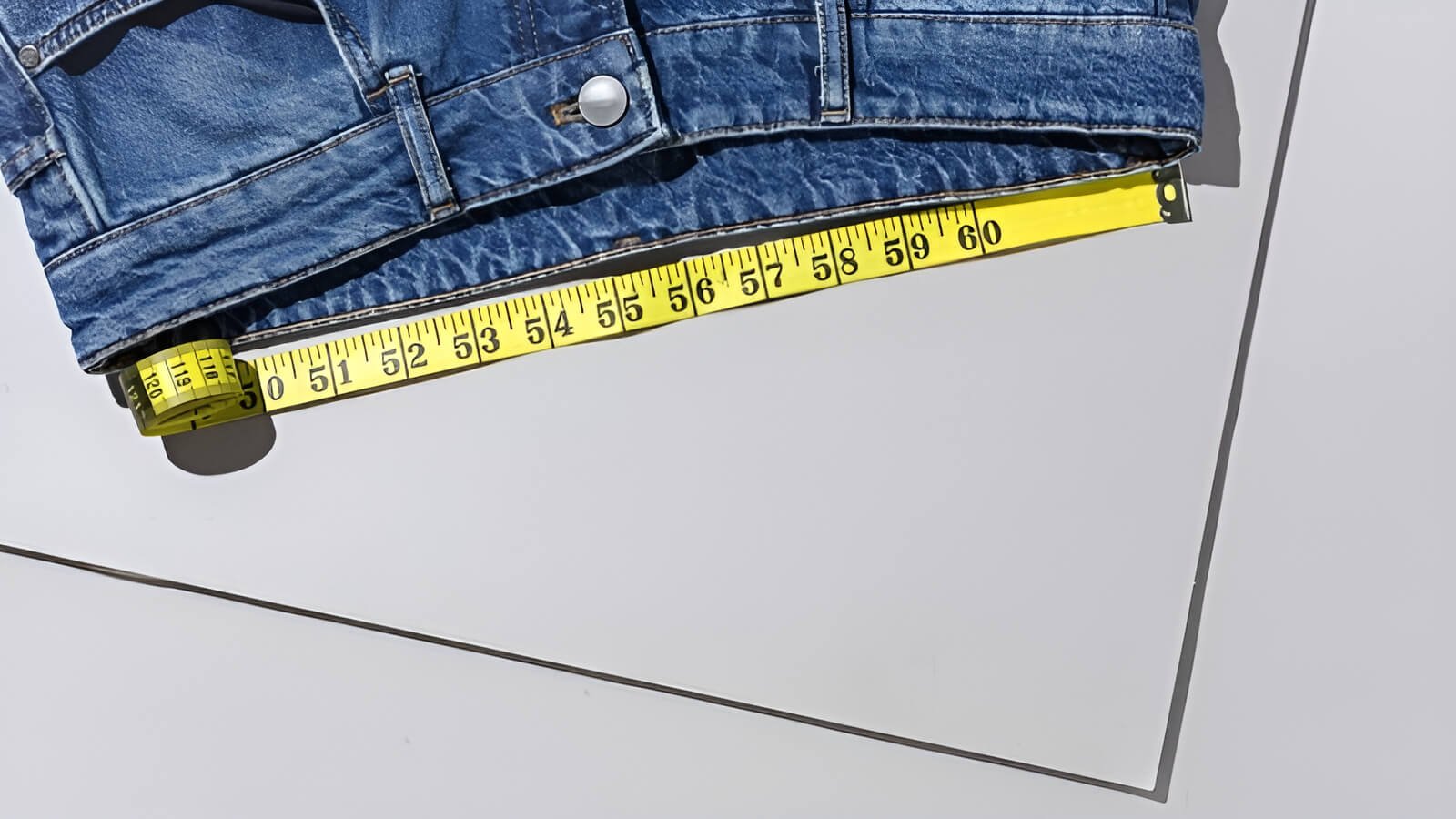
9.1 Being precise makes things look good and work well
When anything is designed and made – like a t-shirt, a book, or even a cool box for your toys – getting the size and shape just right is key. It makes things look good, fit properly, and work the way they should. This shows the importance of precise measurement in design.
9.2 In printing and packaging (the Packlove connection)
Here at Packlove, we help people and businesses create all sorts of wonderful custom printed things. These can be colorful stickers, special woven labels (labels made by weaving threads together, like on clothing necklines) that go inside clothes, neat zipper bags to hold products, or poly mailers to ship things safely.
Imagine a sticker for a jar of yummy cookies. If that sticker is designed and printed even a tiny bit too big, it will wrinkle up when you try to put it on. If it’s too small, it might look a bit lost and silly on the jar. We want it to fit perfectly!
9.3 Rulers (and modern tools) help get it right from the start
Designers who create the artwork for these amazing custom items use very precise measurements. Today, they often use special digital rulers on their computers (which are inspired by the physical rulers we’ve been learning about!).
But the habit of measuring carefully, and understanding why it’s so important, starts with simple tools like the rulers we use every day. Precise measurements, initially learned with simple rulers, are fundamental to custom packaging design.
10. Common questions about rulers (FAQs)
Sometimes, even with simple tools, we have questions! Here are answers to some common questions people ask about rulers. This might help you too!
10.1 What if the thing I’m measuring is much longer than my ruler?
That’s a great question! Here’s a clever trick:
- Start at one end of your long object. Place your ruler with the ‘0’ mark at the very beginning. Measure to the end of your ruler (say, 30 cm if you have a 30 cm ruler).
- At that exact spot (30 cm), make a tiny, light pencil mark on your object.
- Now, carefully pick up your ruler and move it. Place the ‘0’ mark of your ruler right on the pencil mark you just made.
- Continue measuring from that pencil mark to the next part of your object. If it’s still longer than your ruler, repeat the marking and moving step.
- When you reach the end of your object, add up all the measurements you took! For example, if you measured 30 cm, then another 30 cm, then 15 cm, the total length is 30 + 30 + 15 = 75 cm.
A simple step-by-step animation or diagram showing: 1. Ruler measures first part. 2. Pencil marks spot. 3. Ruler moves to mark. 4. Ruler measures second part. 5. “+” sign between measurements]
10.2 Why do some rulers have centimeters (cm) on one side and inches (in) on the other?
That’s to make the ruler extra helpful! Some people and some countries use centimeters (which are part of the metric system) for measuring. Other people and countries use inches (which are part of the imperial system). A ruler with both means more people can use it easily! It’s also handy if you need to know a measurement in both units – you can just flip the ruler over!
10.3 What’s the main difference between a ruler and a tape measure?
Good question! Both rulers and tape measures are measuring tools that help us find out how long things are. But they are a bit different:
- Rulers are usually stiff (they don’t bend easily), straight, and not super long (like a 30 cm or 12-inch school ruler). They are great for measuring flat things and for drawing straight lines.
- Tape measures are flexible (they can bend all around). They are usually much, much longer than rulers, and they can roll up into a little case so they’re easy to carry. Tape measures are perfect for measuring curvy things (like around your head for a hat, or around a tree trunk) or for measuring very long distances (like the length of a room or a garden path).
10.4 How do I read those really tiny lines for millimeters or the small parts of an inch?
It can look a bit tricky at first, but with a little practice, you’ll be a pro!
- For millimeters (mm): Remember, between each centimeter (cm) number on your ruler, there are 10 tiny lines. Each one of those tiny lines is 1 millimeter. So, if your measurement lands on the 7th tiny line after the 2 cm mark, it means 2 centimeters and 7 millimeters. You can write this as 2.7 cm or 27 mm. (If you want to see this up close, you can look back at our pictures in section IV, ‘Understanding the lines and numbers’!).
- For fractions of an inch (like 1/2, 1/4, 1/8): Look at the lines between the whole inch numbers. They have different lengths to help you! The longest line is usually for 1/2 (half) an inch. The next shorter lines are often for 1/4 (quarter) of an inch (you’ll see one at 1/4 inch and another at 3/4 inch). Even shorter lines can be for 1/8 (eighth) of an inch, and the very tiniest ones might be for 1/16 (sixteenth) of an inch. Count how many of the smallest divisions make up the length from the whole inch mark. It helps to look very closely! (And again, the pictures in section IV can help you see what these look like!).
10.5 Can I use any ruler if I want to guide a craft knife when I’m cutting paper or card?
This is a very, very important safety question! It is much, much safer and always better to ONLY use a METAL ruler when you are cutting with a craft knife. Here’s why:
- Plastic rulers can be easily cut by the sharp blade. This can damage your ruler, make your cut go wobbly, and even be dangerous if the knife slips off the cut plastic.
- Wooden rulers can also be cut and damaged by a sharp knife.
- A metal ruler has a strong, straight edge that the knife can follow safely, and the knife won’t cut into the metal. So, for safe cutting, always choose metal
Explore more:
So, there you have it! Rulers might look like simple, everyday tools, but they do a really big and important job. They help us measure all sorts of things accurately, and they help us draw neat, straight lines, which is useful for so many things at school, at home, and for fun!
We really hope this guide from your friends at Packlove has helped you learn all about this super useful tool! Now you know what a ruler is, how to understand all those little marks for centimeters and inches, the different kinds of rulers you might find, and how to use one like an expert!
Measuring and drawing can be easy and a lot of fun when you know how. So, remember, a ruler is a great friend whenever you need to measure length or draw amazing straight lines.






















